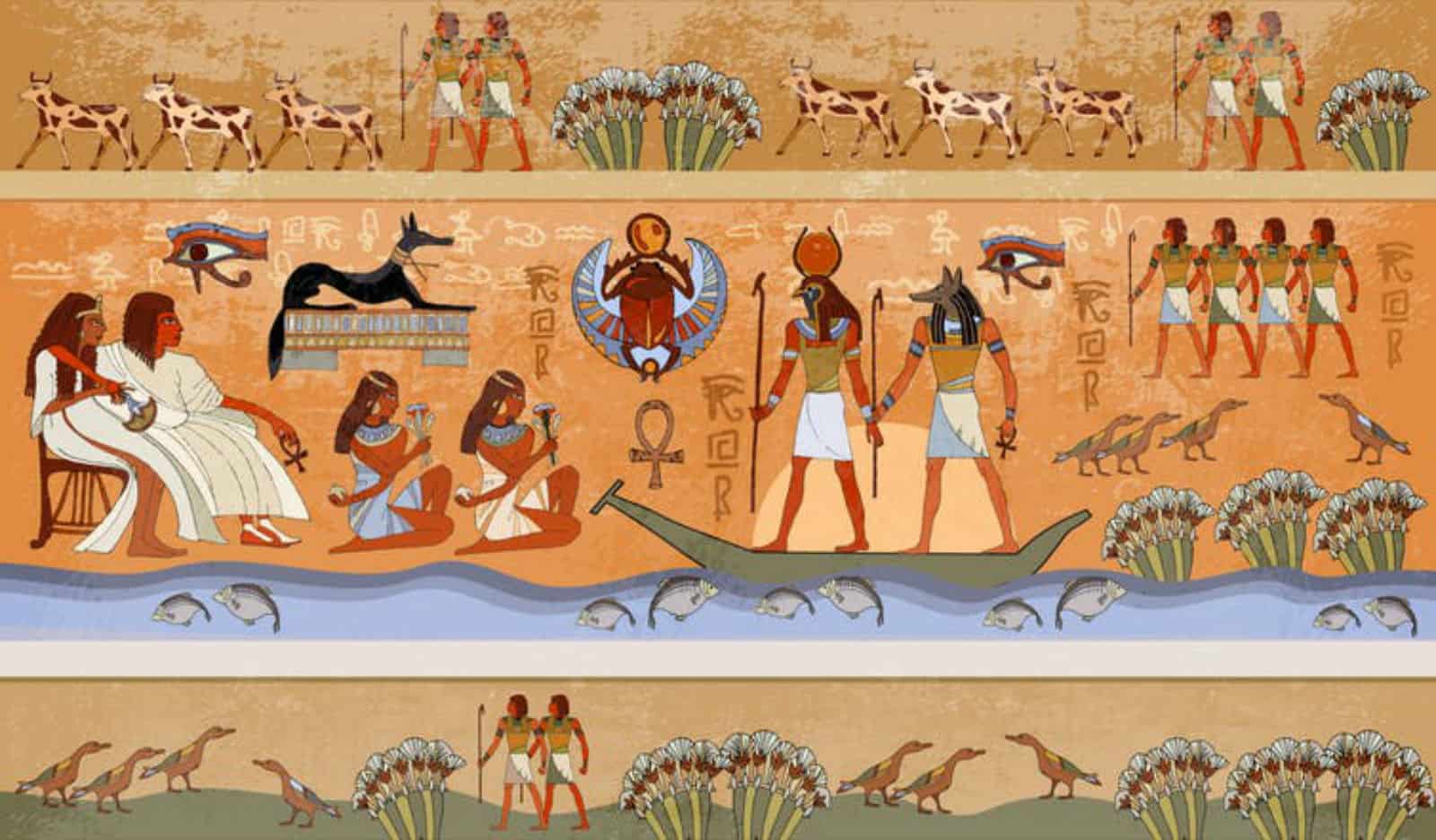Welcome to “Top Ten Egypt,” where we uncover the intriguing facets of Egypt’s rich history. Join us as we embark on a fascinating journey through time to explore the economic landscape of Ancient Egypt, a civilization whose prosperity was intertwined with the fertile lands of the Nile River.
Agriculture: The Foundation of Wealth:
The bountiful Nile River, flowing through the heart of Egypt, played a pivotal role in shaping the country’s economy. Ancient Egyptians harnessed the power of the river’s annual flood cycles to cultivate fertile lands. The art of irrigation and the use of the shaduf allowed farmers to maximize their crop yields, primarily focusing on cultivating grains such as wheat and barley. The surplus produced fueled trade and provided sustenance for the population.
Trade and Commerce:
As a cradle of civilization, Ancient Egypt thrived as a hub for trade and commerce. The Nile River, serving as a vital transportation route, facilitated the movement of goods and ideas between different regions. Egyptian traders sailed along the river, ventures into the Mediterranean Sea, and embarked on expeditions to distant lands such as Nubia and the Levant. Precious resources such as gold, copper, ebony, and incense were among the commodities exchanged, fostering economic growth and cultural exchange.
Craftsmanship and Industry:
The artistic and technical achievements of Ancient Egyptians still astound the world today. Skilled artisans, renowned for their craftsmanship, produced exquisite pottery, decorative jewelry, intricately carved furniture, and luxurious textiles. The production of papyrus, an innovative writing material, also played a significant role in trade and administration. The mastery of techniques such as metallurgy, glassmaking, and stone carving further contributed to the thriving industry of the time.
The Role of the Government:
The central authority of the pharaohs played a crucial role in Ancient Egypt’s economy. The government ensured the smooth functioning of trade networks, monitored the quality of goods, and collected taxes from farmers and traders. Administrators oversaw the allocation of resources, regulated prices, and maintained economic stability. Craftsmen and farmers were often organized into tightly-knit village communities, with collective responsibilities for production and taxation.
Wealth and Social Structure:
Ancient Egyptian society had a distinct social structure, and economic wealth played a significant role in maintaining it. The elite class, including pharaohs, nobles, and high-ranking officials, held vast estates and enjoyed luxurious lifestyles. Landowners, merchants, and skilled craftsmen formed the middle class, while the majority of the population engaged in farming or labor-intensive occupations. The concept of Maat, representing harmony and balance, guided economic practices and ensured social cohesion.
The economy of Ancient Egypt revolved around the fertile lands of the Nile, supported by agricultural abundance, trade, and skilled craftsmanship. This prosperous civilization thrived as a result of the careful management of resources, innovation, and the dynamic interactions within an intricate network of economic activities. As you delve deeper into the history of Egypt with “Top Ten Egypt,” marvel at the economic achievements that shaped this great civilization and continue to leave an indelible mark on humanity’s understanding of the past.
Embark on an enriching journey with “Top Ten Egypt” as we explore the multifaceted history of this remarkable land. Immerse yourself in the wonders of Ancient Egypt, uncover the secrets of ancient trade routes, and marvel at the economic prowess that fueled the civilization along the banks of the majestic Nile.



Comment (0)